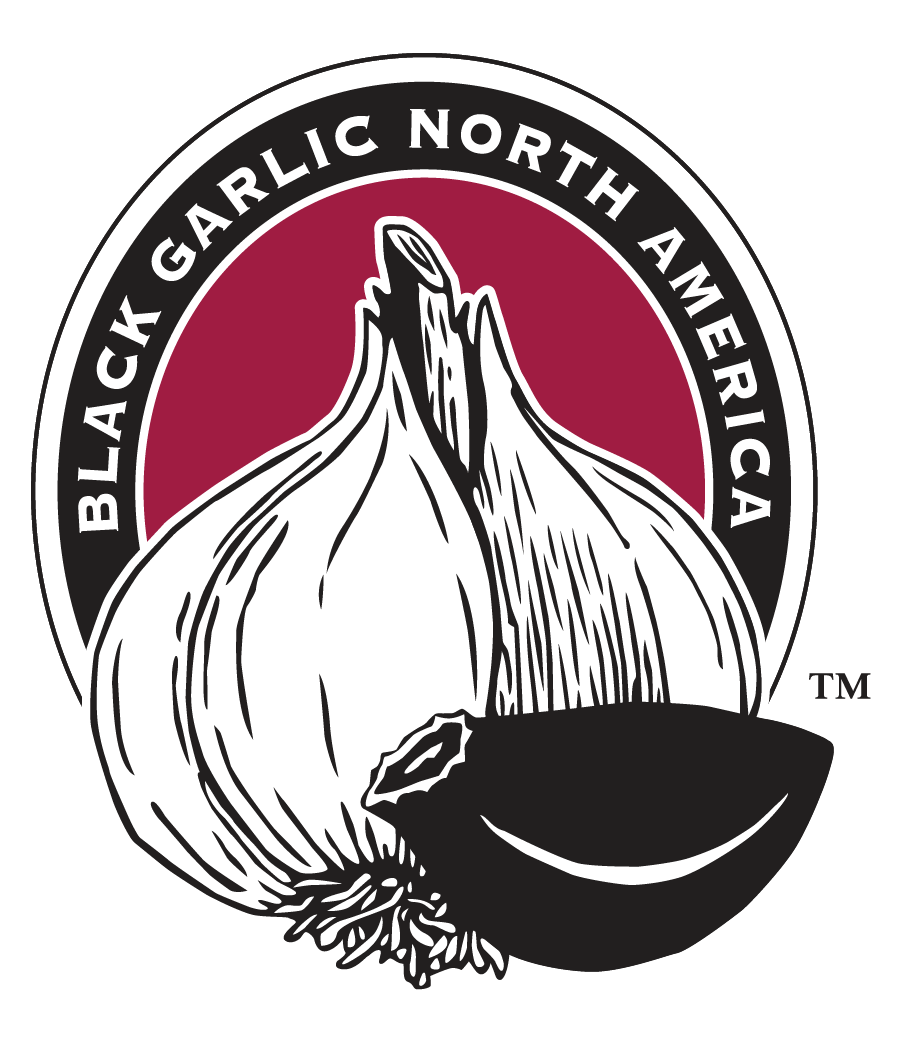Raw Garlic Health Benefits
Food scientists widely acknowledge that garlic has the ability to impact ones health, from the circulatory system to helping prevent hair loss [source]. Regular garlic has been shown to moderate the formation of cholesterol and fatty deposits in the circulatory system. Garlic has also been shown to decrease cholesterol in those with elevated levels by 10-15%. However, to maintain these lower levels, garlic must be consumed daily. Garlic has also been shown to decrease clotting of the blood by increasing prostacyclin and interfering with the synthesis of prostaglandins but, again, garlic must be eaten daily as the ability of garlic to lower clotting activity is only temporary. Garlic also has a moderating effect on blood pressure. Garlic has been shown to lower blood pressure by 7% or more. This is most likely linked to the decrease in prostaglandins. Garlic has also been shown to decrease blood sugar (11), although the exact mechanism is currently unknown.
Atop all of this, regular garlic also contains a potent anti-microbial agent called allicin. The theoretical science behind this anti-microbial agent is kind of cool (or at least we think it is). Allicin is the compound that is responsible for giving garlic its aroma and flavor. However, Allicin in not present in raw garlic. If you think about this, the human senses can confirm this as a garlic bulb with little to no aroma of garlic. So where does the allicin (smell) come from? Raw undamaged garlic contains a compound called allin and an enzyme call allinase. The compound and enzyme are stored separately in the garlic tissue. Once the garlic is damaged, or cut, allin and allinase are mixed. As this happens, allinase transforms allin into allicin. Thus, the theoretical science of the antimicrobial agent "allicin." If a bug, cow, etc., decided to take a bite out of a garlic bulb, the wound will fill with a potent anti-microbial agent, allicin, that would inhibit microbial growth and possible death of the garlic plant by infection (11).
So, what does all of this seem to have in common? The majority of the health benefits are tied to the thiosulfonates or the compounds that give garlic its flavor. The interesting thing is that once allin is formed into allicin a cascade of chemical breakdowns occur changing allicin into a litany of compounds.

